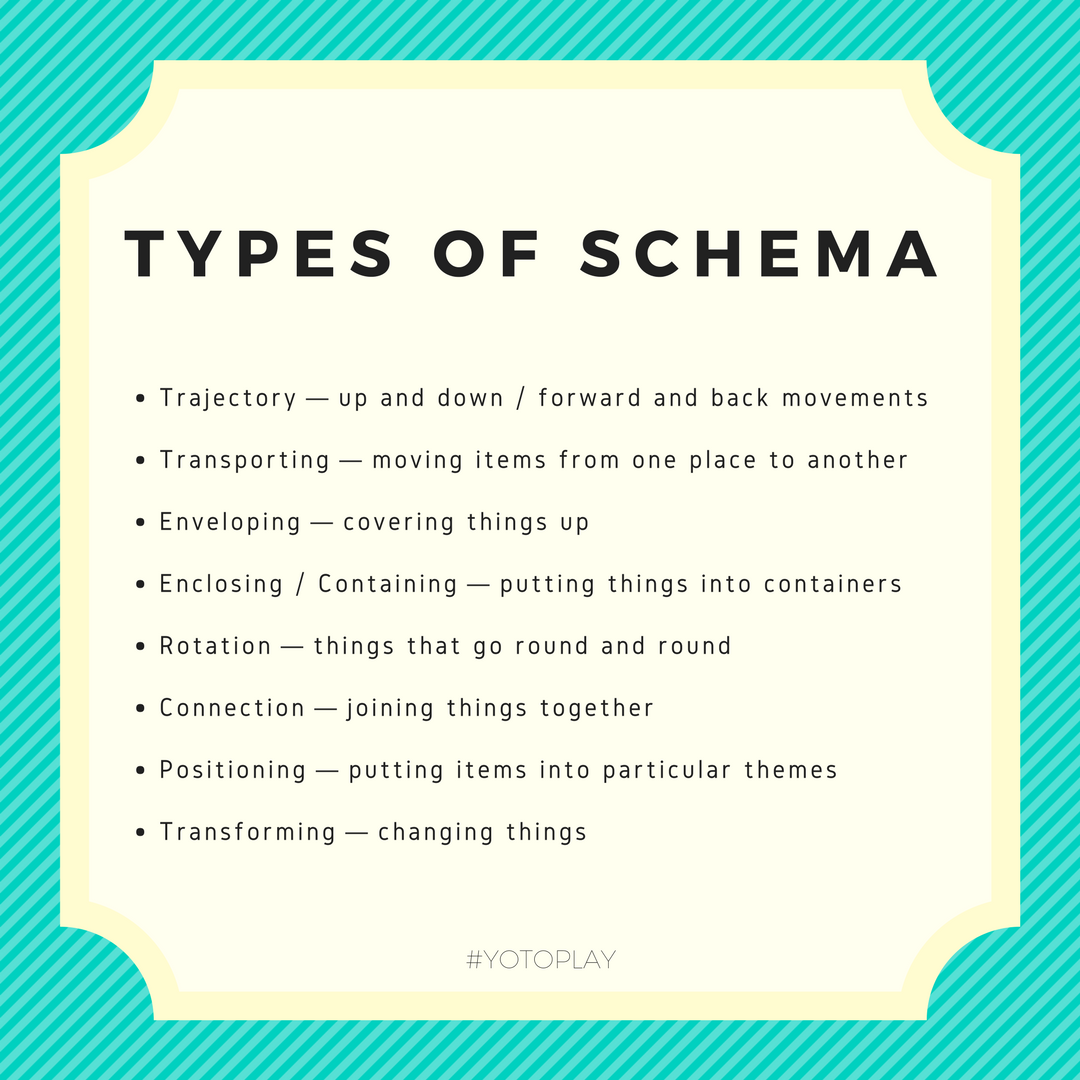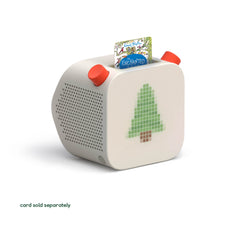Learning Through Play
Have you ever sat down to watch an episode of Twirlywoos (I am a massive fan) and wondered how on earth the people behind the programme come up with the themes behind each one? Do they sit in bizarre meetings ‘brainstorming’ the next big Twirlywoos theme? (Imagine the top dogs at CBeebies gathering around a desk discussing the merits of ‘up and down’ versus ‘round and round’.) Or is there a rhyme to their reason?
Well firstly, it’s a BBC programme, so of course there is a method to the seemingly mad themes. And secondly the show was actually produced with an educational consultant, in the form of Professor Cathy Nutbrown from Sheffield University. And Professor Nutbrown (beyond having a pretty awesome name — Guess How Much I Love You style), is an expert in schemas — or patterns of play. As both a marketer specialising in marketing to mums and children, and a mum of two young boys myself, I have a vested interest in this topic and recently completed Pacey’s professional development course in schemas.
A schema is an observed pattern of repeated behaviour, usually seen in children’s play. Children may display several schema but there is usually one that is dominant. Schemas can start from birth and continue into adulthood. (PACEY)
Schemas are sets or patterns of behaviours that children play within during the course of their development. These patterns range from trajectory (things going up and down) to enclosing (putting things inside other things) to rotation (round and round). And as simple as they sound, they are the start of something very special… Often they take the form of specific movements, which children will explore in different ways from playing with toys (putting all the bricks into a box, and taking them out again), to moving their bodies (twirling around and around) to association with everyday objects (going up and down in a lift, or winding a scarf around and around a snowman’s neck).

Once mastered — often through repetitive play — these movements form the very start of a child’s exploration of literacy. Twirling around and around, and playing with a spinning yoyo transfers to drawing spirals and circles, which will form the basis for lots of different letter formations when the child starts to write. Similarly, stacking bricks, riding a lift up and down or going down the slide will progress to drawing of straight lines (up and down), which again will form the basis of simple letter formations in early stages of writing.
Interestingly, different schemas will have varying appeal amongst different children, depending on their age / stage of development, but also on their personality and preferences. One three-year old boy may be into the ‘rotation’ schema and love to play with circular objects like balls or blowing bubbles, where another may be into ‘trajectory’ and love exploring jumping off the sofa, or watching what happens when he throws an object high into the air, or stacking bricks. Both are a fundamental part of a child’s development, and as parents we can encourage this through watching out for the schemas or play patterns that interest our children, and helping them explore them further through offering complimentary activities. For instance I might choose to sing and dance to Ring A Ring O’ Roses with a child who is enjoying circles. Or I could tell the tale of Goldilocks and the Three Bears to a child who likes exploring the sizes of things.
With Yoto, children are empowered to take control over how they play. They can choose whether they want to share a story, listen to music, interact with a numbers activity or even learn a new language. This takes away some of the guess work for us as parents, and just by observing them playing with Yoto we can quickly build a picture of the types of play patterns our children are interested in at any one time. Armed with this knowledge, we can interact with them and introduce new ways of playing to encourage them to explore these schemas, which in turn helps feed their development whilst they play. I guess you could say it’s playtime and learning all rolled into one. Playtime amplified.
By Carly Nail.


